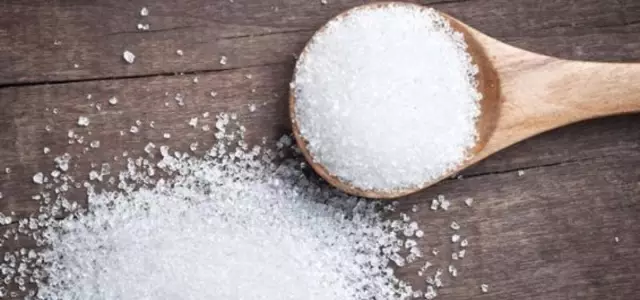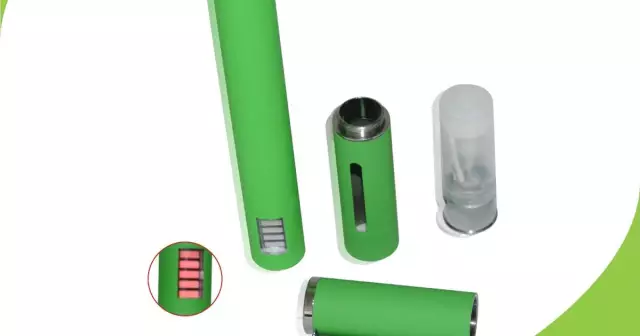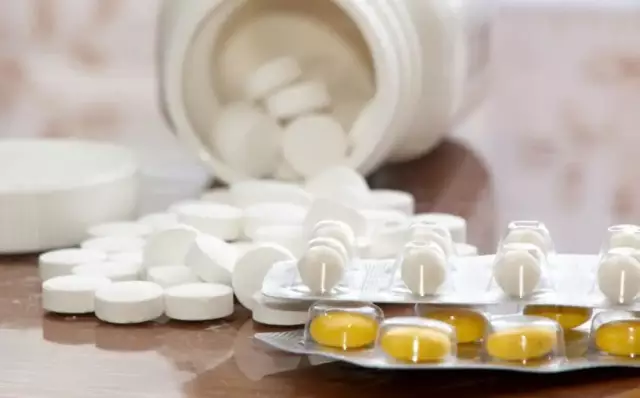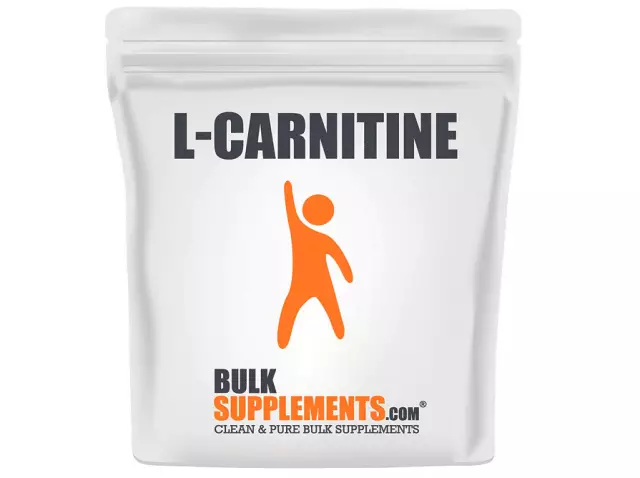- Author Rachel Wainwright [email protected].
- Public 2023-12-15 07:39.
- Last modified 2025-11-02 20:14.
Sucralose

Sucralose is a powerful sweetener that was developed in the late 1970s by the English company Tate & Lyle. This sweetener is used in the production of carbonated beverages, fruit juices and baked goods.
Sucralose is made from regular sugar and has similar flavor characteristics.
History of creation and properties of sucralose
The sugar substitute sucralose is a colorless and odorless substance obtained from sugar. Scientific research led Leslie Hugh and Shashikant Phadnis to develop sucralose as an intense sweetener.
In the 20th century, this substance began to be actively used in the food industry as an E 955 additive, which is highly soluble in water and is stable in food production. During heat treatment, sterilization and pasteurization, the sugar substitute sucralose retains its properties.
Sucralose has positive reviews as a sugar substitute for diabetic patients.
This substance has no calories, does not affect appetite, and does not alter blood glucose levels. In the human body, food supplement E 955 is absorbed by 15%, and excreted in the urine within 24 hours.
Sucralose has received good reviews as a safe sugar substitute in the dietary menu.
The sugar substitute sucralose does not affect pregnant women, fetal development and does not penetrate the brain.
Despite the strong sweet taste, this substance does not affect the condition of the teeth and does not cause caries.
Sucralose use

The sweetness of sucralose is similar to sugar, but several times stronger. In the food industry, this sweetener is used in the production of:
- non-alcoholic carbonated drinks;
- chewing gum;
- marmalade, jelly and marmalades;
- dry mixes;
- canned fruits;
- dairy products;
- semi-finished products, frozen desserts, jams;
- sauces.
Sucralose can be used alone or in combination with other sweeteners.
In pharmaceuticals, this sweetener is included in drugs and syrups.
Contraindications and harm of sucralose
International medical research has proven the safety of sucralose, which is consumed in limited quantities. Sucralose can cause harm in large doses that exceed the norms for a person's weight.
The maximum daily dose of sweetener is 4 mg per 1 kg of human weight. Sucralose, even in the smallest amount, makes up for the required sugar intake.
The US Food and Beverage Commission has determined that sucralose must be consumed irregularly, although it does not have toxic properties. Children under the age of 14 should limit the consumption of foods and drinks containing this substance.
Found a mistake in the text? Select it and press Ctrl + Enter.






